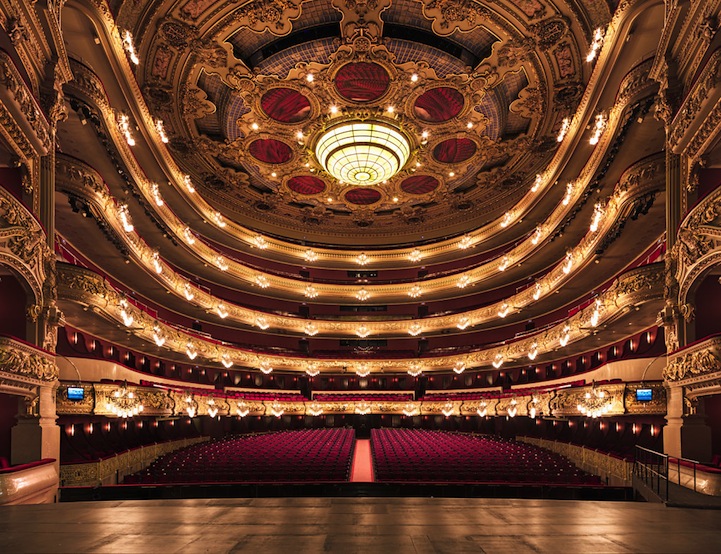The only thing better than seeing an incredible live show is getting the photo opportunity, guts, glory, and all. If you think experiencing a live theater production as an audience member is exciting and dramatic, you haven’t seen the half of it yet.
Stage productions aren’t always theater-based, though they’re a lot of fun to shoot—TED-style talks, industry presentations at conferences, and musical performances are just as relevant. These live event photography tips apply to all of the above, and then some.
1. Get there early (and wear dark clothes)
You, the live event photographer, are a sprite. Allegedly, someone hired you, and the photos were actually submitted. However, have you ever actually been there? No one can remember.
Stage photographers should dress modestly and practically in all-black, just like any backstage crew member. Even if you were lucky enough to get invited to a technical scout before the show, you should still be there early, fed and ready for the shoot well before your actual call time. This gives you a valuable window of time to set up for the evening.
Find a discreet and unused corner of the venue to set up Camera City, a place to charge your batteries, plug in your laptop, and stash your camera bag and lens bag. Once your gear is ready, you’ll be able to work your way through the night without worrying, flustered, or finding yourself missing something important at absolutely the wrong time.
2. Research the Best Locations in Advance
An extremely important part of this pre-show due diligence: getting a practical level of the land, especially if you’ve never set foot on that spot before in your life.
After you’ve settled in, have your coffee and take a few laps, wherever you’re allowed to move around the front and back of the house. Take a look at the lighting setup to begin formulating the most effective plan of attack; If the lighting director is available, you can also introduce yourself and inquire about their designs for the show.
3. Be polite and nonchalant
With a live event or a stage production, there are two parties you should avoid upsetting at all costs: the talent performing on stage, and the audience who have already paid a lot of money to watch them strut their stuff. To see. Your role is secondary to both; Think about how the feeling of unhindered exposure adds to the value of every shot.
If all the dancers or speakers are beaming into the perfect lens, your photos probably won’t command the same sense of gravitas and wonder. Be humble, stick to the edge, and always be ready to step back when someone more important needs you to sidestep. Sometimes, there will be little room to work in your backstage area, but the show must go on.
4. Invest in a Sound-Muffling Camera Muzzle
A noise-canceling camera muzzle will make every shot quieter. This guarantees that noise from your camera will never spoil the view or presentation.
For aspiring career documentarians, this investment is an absolute must. With a camera muzzle, you’ll be equipped to capture even very sensitive and quiet action, and you may have the opportunity to shoot more important events in your city if you can get the right job and work with the right people. can get along.
Even if you only shoot for fun or for your family and friends, the camera’s muzzle can help you take photos in secret. Again, the objective is to avoid drawing attention to yourself. Keep the spotlight where it belongs and never worry about your shutters stealing the show again.
5. Leave Your Speedlight in the Greenroom
Speedlights and strobe lights are great for photographs of the cast and crew after the performance is over, but they are too specialized to be used during a live performance. In fact, if the performers are dancing or doing acrobatics, using flash on stage can actually be dangerous for them.
The stage lighting technician has his own job—you’ll be responsible for making the most of the light coming from the rafters at any given time.
It is also the philosophy that this type of photography should remain true to the spirit of the occasion. Stage Lighting is unique and expressive, but, more importantly, it creates the feel that all of your photos actually took place in the staged setting you are working in. You want your photos to feel like they were off Broadway, not like they were taken in a basement.
6. Shoot long, but keep a short lens on you
We’ve all been there: The theater director shoves you in the back of the house, behind the last row of seats, without exception, or you’re gone. Not a problem if you have at least a 200mm lens, or possibly a 400mm lens if you’re literally shooting from behind the Opera House. Is that the only lens you should have on your person? We will not argue.

